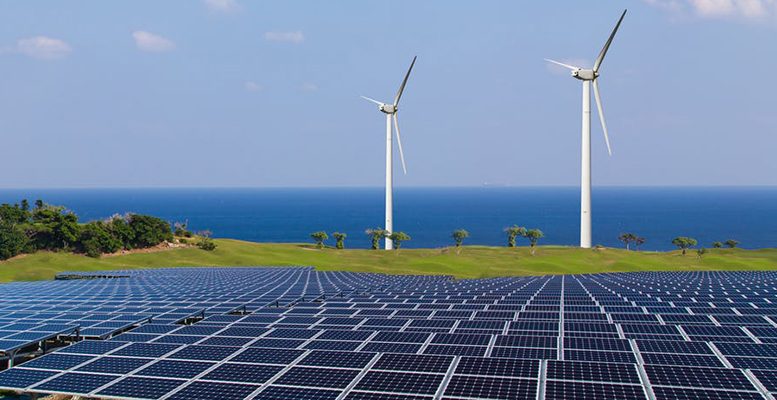The monumental bureaucratic bottleneck that currently exists in Spain in the processing of permits for the installation of renewable energy plants threatens to destroy hundreds of projects if the government does not intervene in the coming weeks. According to various reports handled by the major electricity companies and reported by the newspaper Expansión, the paralysis is already affecting between 2,500 and 3,000 projects, totalling between 80,000 and 100,000 megawatts (MW) of power to be installed.
The main bottleneck is the so-called Environmental Impact Statement (EIS). Depending on the type of project or the part of the installation affected, the processing is carried out by the Autonomous Communities or the State.
The great paradox is that the origin of the problem lies in the decision taken by the Ministry of Ecological Transition itself, headed by Teresa Ribera, when in 2020, in an attempt to curb the enormous speculation that was being generated in the sector, it launched Royal Decree-Law 23/2020.
This regulation established a series of requirements (milestones) that projects had to meet in a series of deadlines in order not to lose the grid access point granted to them by Red Eléctrica. Initially, the regulation was well received. It was assumed that it would serve to sift out the really solid projects and separate them from those that were pure financial speculation.
One of the main requirements established by this regulation was that all developers who had obtained permission to connect to the grid after 31 December 2017, and before the entry into force of the decree, had a period of 31 months to obtain a favourable Environmental Impact Statement. That deadline expires on 24 January 2023.
The problem is that the government did not count on the negative knock-on effects that the regulation would produce. The very fact of setting requirements to be met within specific deadlines caused a race against the clock to obtain permits, with the consequent avalanche of applications. This ended up saturating public administrations, which were unable to react in time. To make matters worse, it happened at a time when the Covid pandemic was still going on and bureaucratic procedures were slower.
From the 250 projects processed in 2019, for example, it went to more than 750 in 2020, and from there to more than 2,300 in 2021, according to a Deloitte report handled by Iberdrola. The figure could now be closer to 3,000 projects.
Although the problem has been looming for months, it is only now – with the 24 January date just around the corner – that all the alarm bells are ringing. If they do not obtain the permits before that date, the projects will die, because they will lose the access point to the network, even if the delay is the fault of the administration.
Although some regions have speeded up procedures, in general the situation is chaotic. There are Autonomous Regions that have been granted more than 60,000 MW of access capacity and yet have hardly processed any projects. Up to 10% of the stalled projects have been stuck for almost four years without a response in obtaining the EIS. The drama is that failure to issue the report results, administratively, in the project being shelved.





